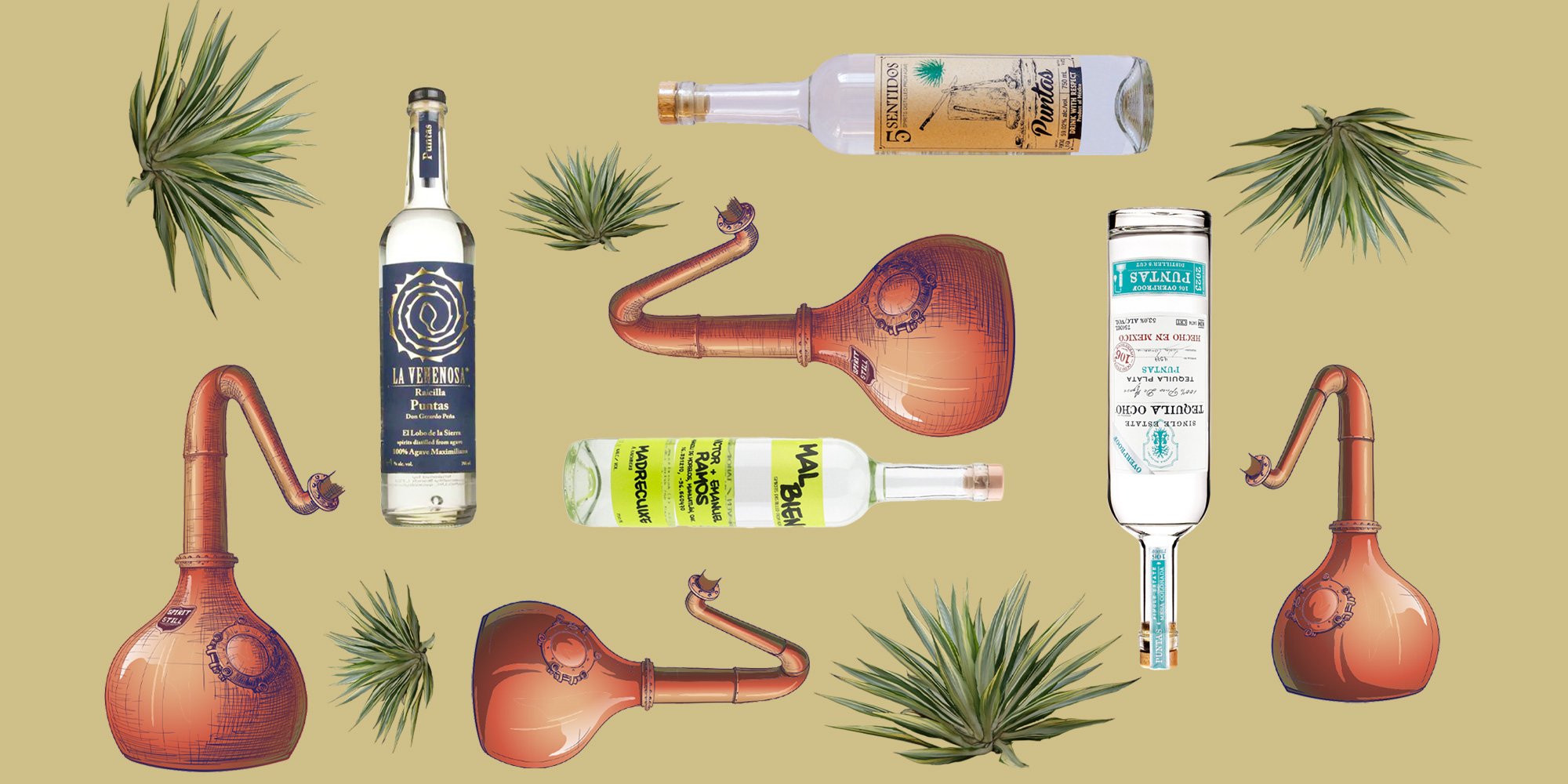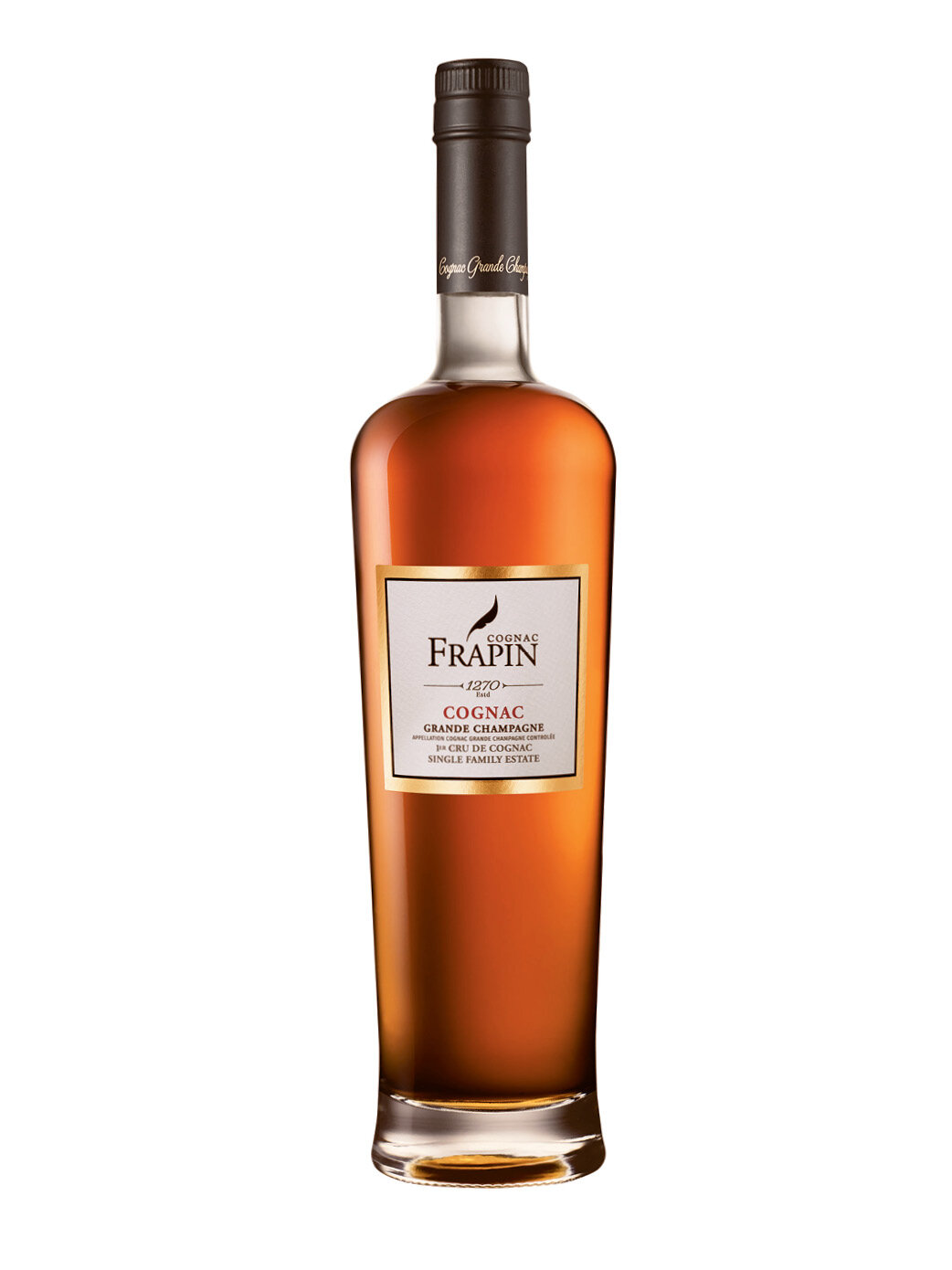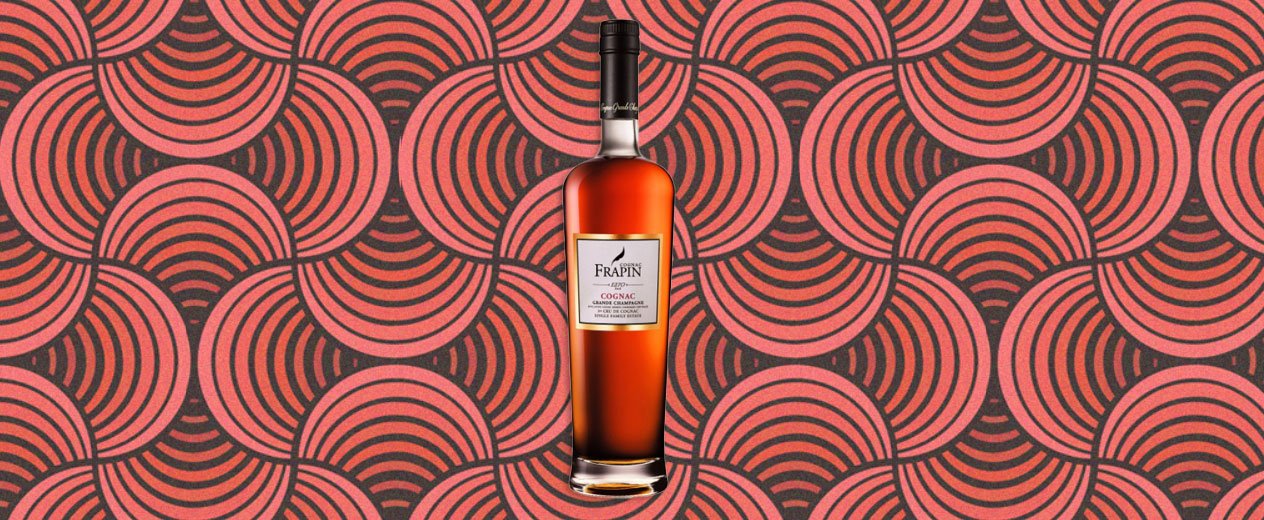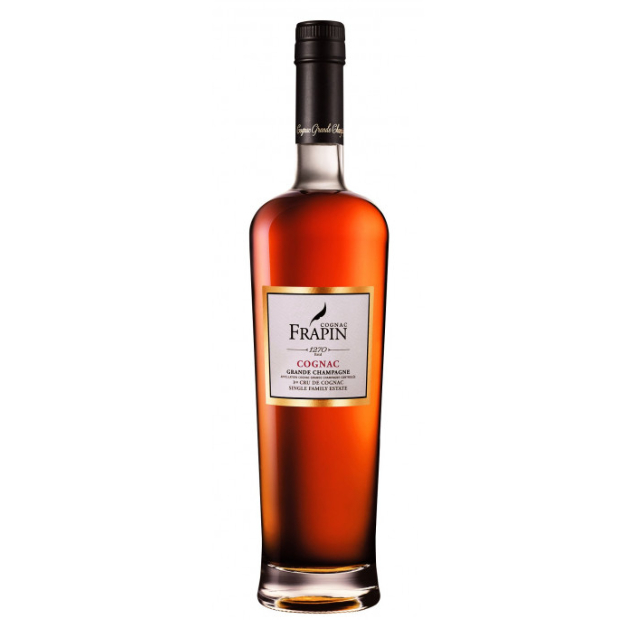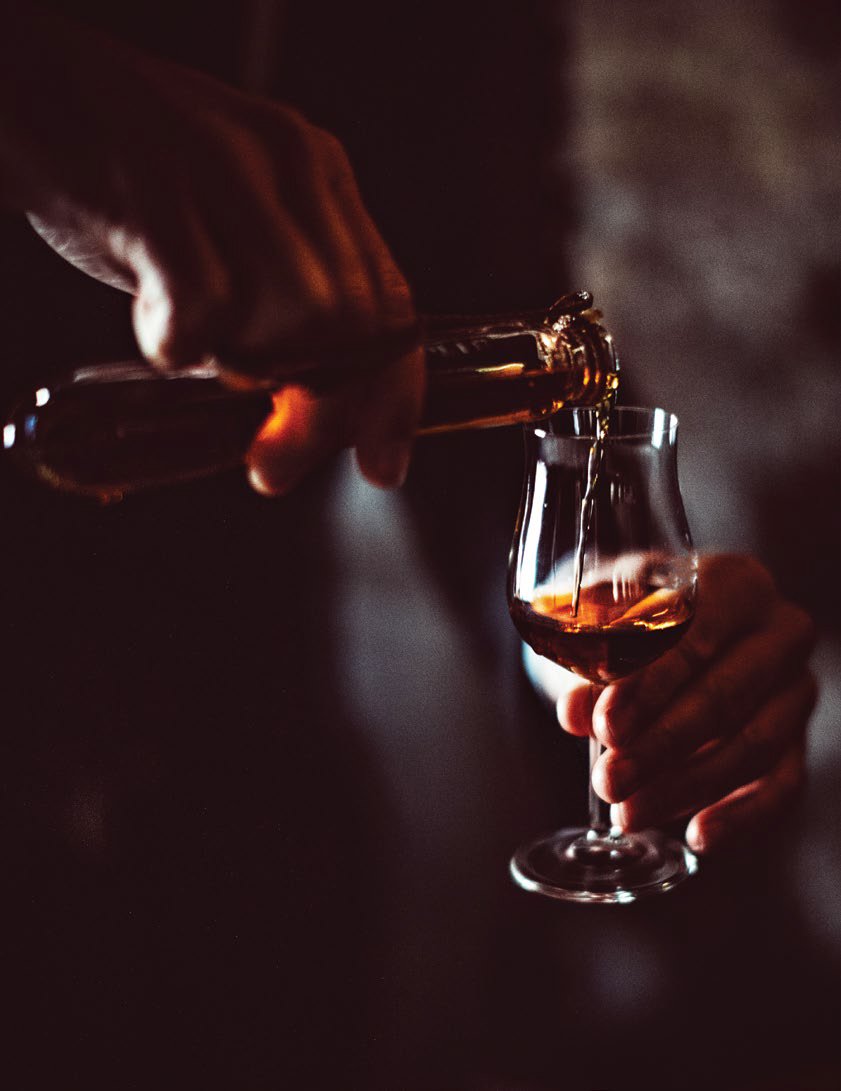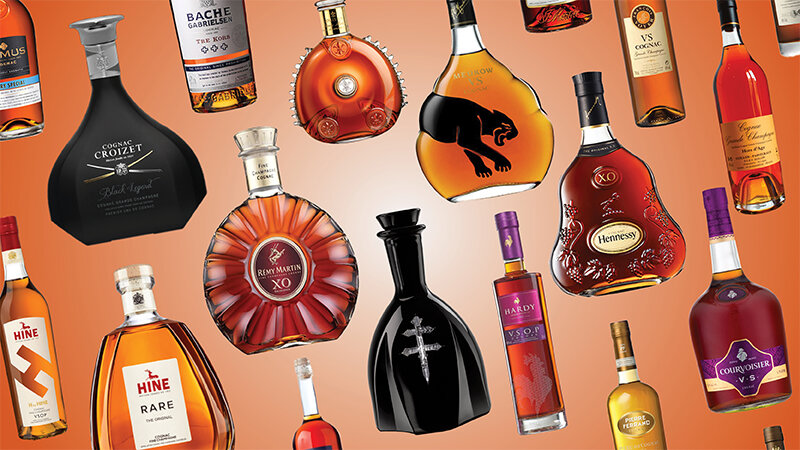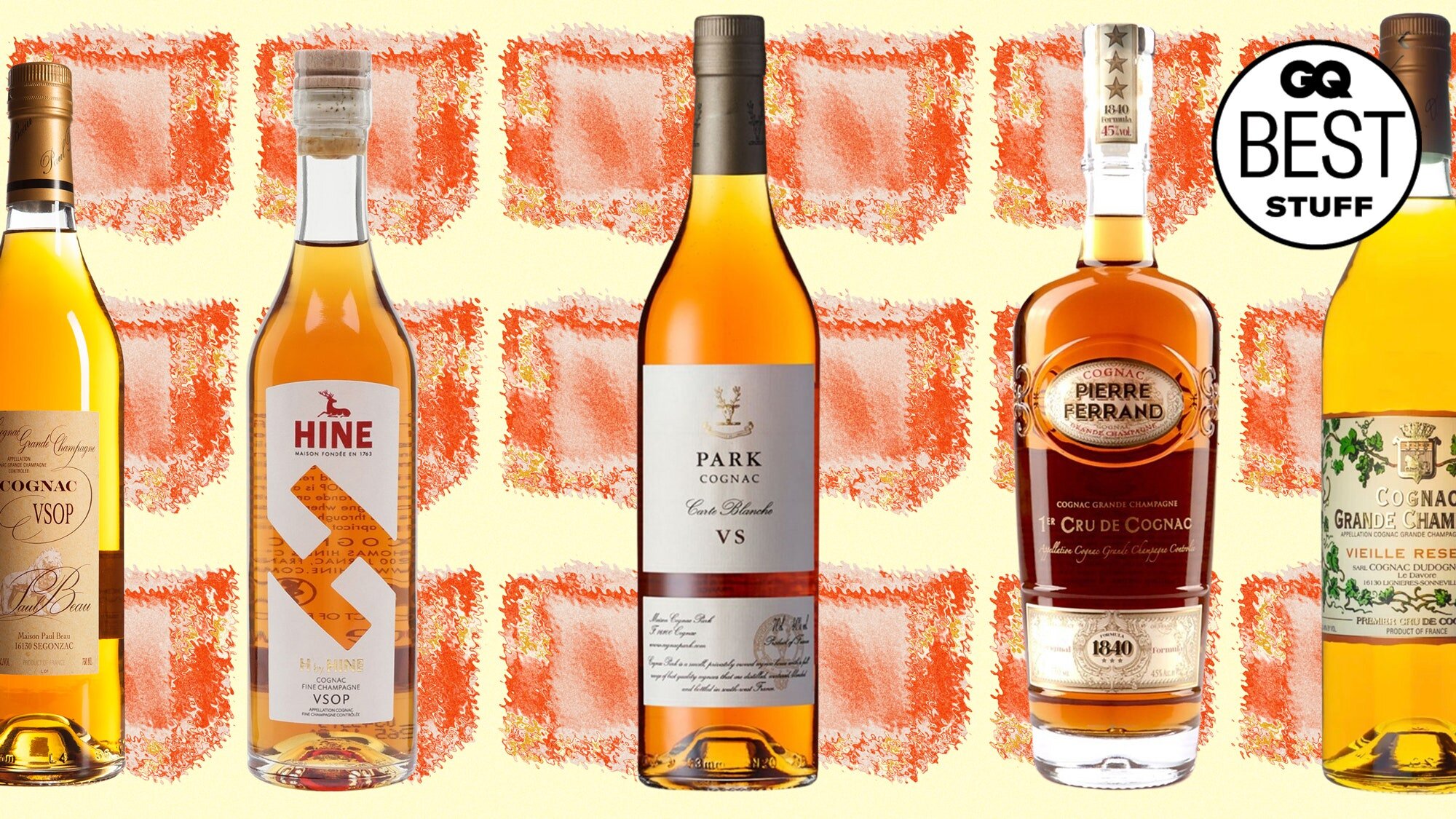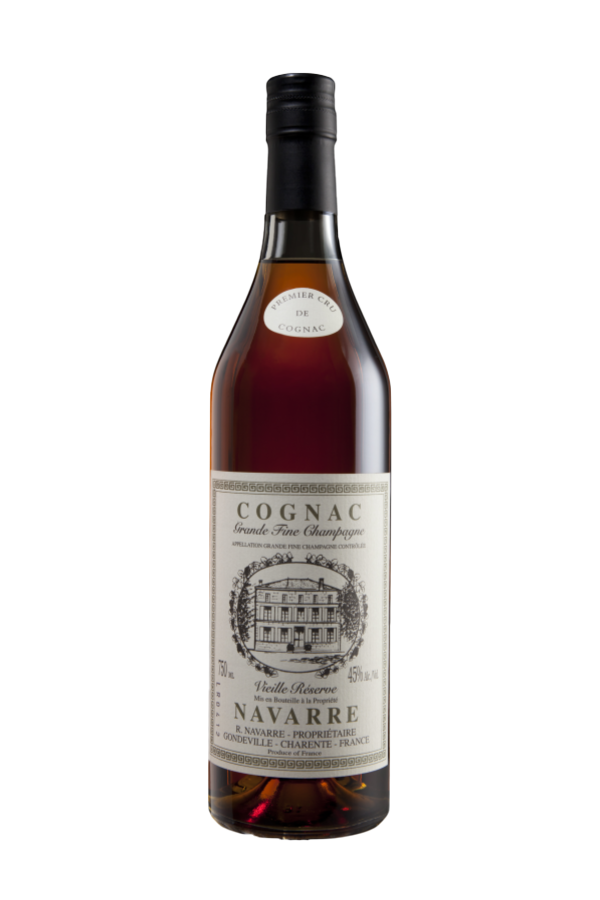Forget the Spicy Margarita – here’s what the mixologists will be ordering at the bar
The Spicy Margarita is everywhere – in plenty of bars I know it now accounts for half of all drinks sales. But what would we all be drinking if the bar world’s top tastemakers had their way? In my survey, brandy won by a landslide, with cognac, Armagnac and apple-based calvados all getting plenty of votes. “Cognac is the king of spirits, it’s got so much going on,” says Jake Burger, proprietor of Portobello Star in London’s Notting Hill. He recommends the 19th-century Cognac Cocktail – essentially an Old Fashioned made with brandy – “which is what we’d all be drinking today if phylloxera hadn’t wiped out all the French vineyards and turned America into a whiskey-drinking culture”. For a really authentic Cognac Cocktail, he says, use Sazerac de Forge & Fils cognac, which is modelled on pre-phylloxera recipes (£121, masterofmalt.com). Under the £80 mark he also likes Merlet XO, Fanny Fougerat Iris Poivré XO and Prunier VSOP. Armagnac comes highly recommended by Sipsmith co-founder and master distiller Jared Brown and Sebastian Tollius, beverage director of Eleven Madison Park’s new Clemente Bar. “It’s rustic, full of character and versatile,” says Tollius. He favours the small batch bottlings by French specialist PM Spirits (from $62.50, pmspirits.com). “Perfect [as a sub for whiskey] in classics like Manhattans or as a stand-in for cognac in a Vieux Carré.” Ennismore’s head of bars Robert Simpson makes the case for calvados, “which has flavours from crisp fresh fruit through to apple strudel”. Punch editor Talia Baiocchi agrees: “I love a simple calvados and tonic.”
PM Spirits VS Overproof VS Bas Armagnac, $62.50 for 75cl, pmspirits.com
Liqueurs were another strong performer – and particularly crème de menthe. Which would have shocked me had I not, uncharacteristically, found myself ordering a Stinger in the Spy Bar at Raffles London just recently. This minty digestif sees cognac laced with white mint liqueur; it’s typically shaken and served “up” in a coupe or over crushed ice. Spy Bar makes its own After Eight-infused crème de menthe, but Tempus Fugit (£31.50 for 70cl, bbr.com) is also excellent. Another liqueur due a revival, according to drinks writer and co-owner of the Pacific Standard in Portland, Oregon, Jeffrey Morgenthaler, is the monastic nightcap Bénédictine DOM (£31.25, thewhiskyexchange.com) – he favours the “sweet, peppery, herbal French liqueur” in a rye whiskey-based La Louisiane cocktail. NoMad London’s Leo Robitschek, meanwhile, pleads the case for amaretto, particularly in a sour. If there’s a common theme in all of this, it’s the after-dinner drink. Perhaps 2025 will see the red-hot Margarita make way for something a bit more smouldering.
Stinger
Some might find this old-school 3:1 formula a bit heavy on the crème de menthe. If in doubt, start with less and then work your way up. 60ml VSOP cognac or armagnac 20ml white crème de menthe (such as Tempus Fugit) Method: Shake with ice and then either strain into a cocktail glass, sans ice, or serve over crushed ice in a rocks glass.
https://www.ft.com/content/a8fb1c8f-eeb2-4c4a-8c16-6fe4b6963b97









